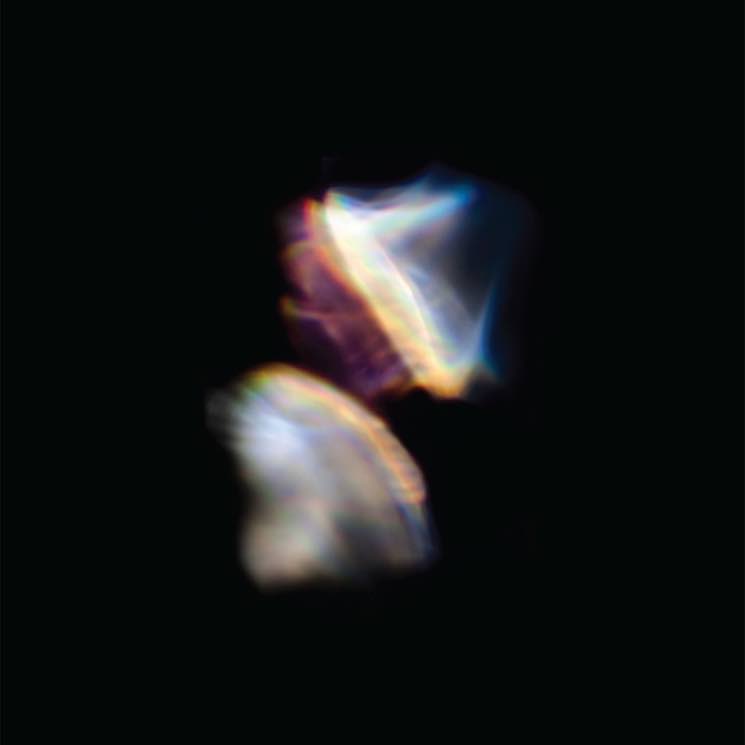The adventurous Bristol, UK-based duo of James Ginzburg and Paul Purgas are well-known for their analog-derived, process-intensive electronic music released under the Emptyset banner; they've previously dropped salvos for the Subtext and Raster-Noton imprints, the former of which Ginzburg has a hand in curating alongside Roly Porter and label head Paul Jebanasam.
With Borders, they've transitioned over to the Thrill Jockey label, a well-used launch pad for boundary-pushing music, recently broadcasting missives from weirdoes as diverse as People of the North, Rhyton and Jan St. Werner. Ginzburg and Purgas create sonic microcosms derived from rule sets that are at once thematic and contextual. Each album strives to achieve a specific outcome, yet a common thread of experimentalism is woven through Emptyset's entire oeuvre.
On this particular release, the duo created acoustic instruments — a zither-like stringed instrument and a drum — and applied their host of analog gear to the organic signals emanating from within these tactile implements. The complex chains of effects were also manipulated in situ, resulting in a series of constantly evolving sound constructions that carry only the slightest hint of the original instrumental sources. Coming across as a viscera-churning blast of pure sub-bass propulsion, Borders demonstrates that while Emptyset's methods may have morphed, their madness is still intact.
(Thrill Jockey)With Borders, they've transitioned over to the Thrill Jockey label, a well-used launch pad for boundary-pushing music, recently broadcasting missives from weirdoes as diverse as People of the North, Rhyton and Jan St. Werner. Ginzburg and Purgas create sonic microcosms derived from rule sets that are at once thematic and contextual. Each album strives to achieve a specific outcome, yet a common thread of experimentalism is woven through Emptyset's entire oeuvre.
On this particular release, the duo created acoustic instruments — a zither-like stringed instrument and a drum — and applied their host of analog gear to the organic signals emanating from within these tactile implements. The complex chains of effects were also manipulated in situ, resulting in a series of constantly evolving sound constructions that carry only the slightest hint of the original instrumental sources. Coming across as a viscera-churning blast of pure sub-bass propulsion, Borders demonstrates that while Emptyset's methods may have morphed, their madness is still intact.
